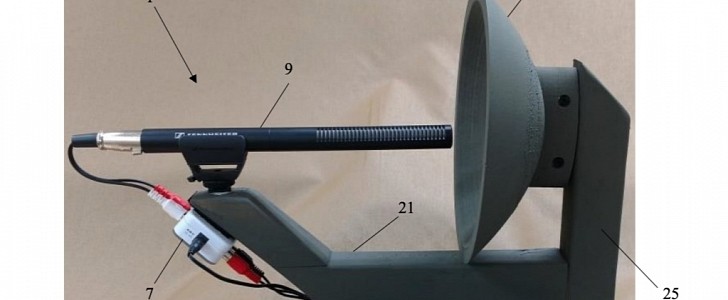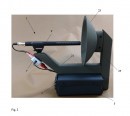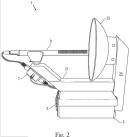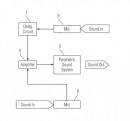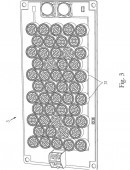The U.S. Navy is working on a new, non-lethal device that could weaponize one’s own voice against oneself. That’s the most dramatic reading of a new patent, which was approved at the end of last month, for a device called an Acoustic Hailing and Disruption System, or AHAD for short.
The least dramatic and most practical interpretation is that this is a device that allows effective crowd control without the use of force. AHAD is similar to the acoustic hailing devices (AHD) and large long-range acoustic devices (LRAD) that have been used in a variety of ways for years. Their main application is in crowd control and for warning purposes, and they blast an audio warning from an operator to someone who’s doing something they need warning against.
That said, the AHAD differs from these other two non-lethal devices in that it doesn’t need an operator in order to work, since it uses the target’s own voice. Invented by Christopher A Brown of the Naval Surface Warfare Center, Crane Division, from Bloomington, Indiana, the patent for the device was submitted for approval in early 2021. The approval came at the end of July. You can find the full text in the PDF attachment at the bottom of the page.
The AHAD device comprises a parabolic dish, a long-range mic, and an ultrasonic speaker, and captures sound, being able to locate and record only one person’s voice out of a crowd. Then, using a focalized beam, it will relay the sound back to the speaker, and only that person will be able to hear it. Two sound outputs will go out, one “nearly simultaneously” to the original one, and one with a slight delay.
The result is called delayed auditory feedback, which is known to create confusion, and ultimately and effectively discourage the speaker from... well, speaking. “Due to the delayed auditory feedback effect, the target speaker’s concentration will be disrupted, making it difficult for them to continue speaking,” the patent application reads.
A similar device was conceptualized by Japanese researchers in 2012, called SpeechJammer. Its potential application was far funnier, like getting people to shut up in public libraries and putting an end to a never-ending lecture from the least favorite college professor.
That said, the AHAD differs from these other two non-lethal devices in that it doesn’t need an operator in order to work, since it uses the target’s own voice. Invented by Christopher A Brown of the Naval Surface Warfare Center, Crane Division, from Bloomington, Indiana, the patent for the device was submitted for approval in early 2021. The approval came at the end of July. You can find the full text in the PDF attachment at the bottom of the page.
The AHAD device comprises a parabolic dish, a long-range mic, and an ultrasonic speaker, and captures sound, being able to locate and record only one person’s voice out of a crowd. Then, using a focalized beam, it will relay the sound back to the speaker, and only that person will be able to hear it. Two sound outputs will go out, one “nearly simultaneously” to the original one, and one with a slight delay.
The result is called delayed auditory feedback, which is known to create confusion, and ultimately and effectively discourage the speaker from... well, speaking. “Due to the delayed auditory feedback effect, the target speaker’s concentration will be disrupted, making it difficult for them to continue speaking,” the patent application reads.
A similar device was conceptualized by Japanese researchers in 2012, called SpeechJammer. Its potential application was far funnier, like getting people to shut up in public libraries and putting an end to a never-ending lecture from the least favorite college professor.
